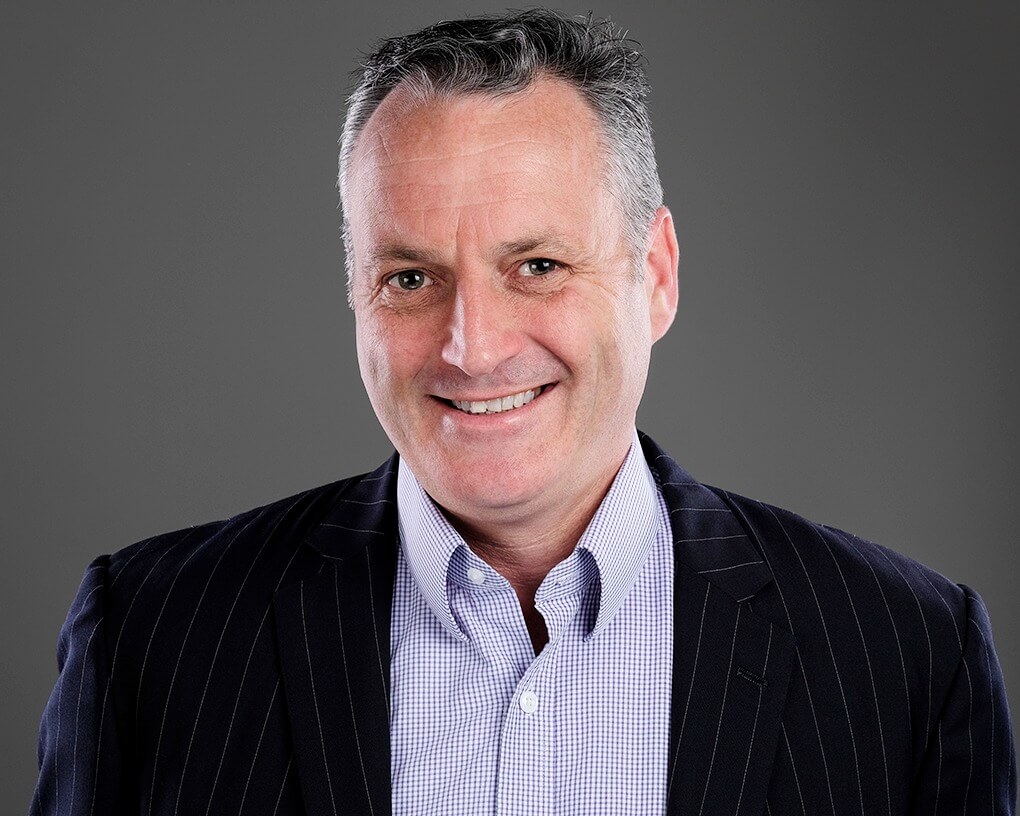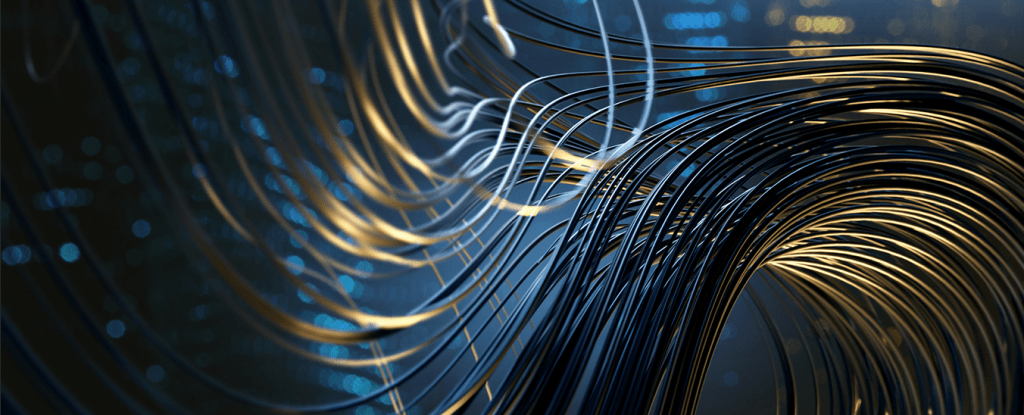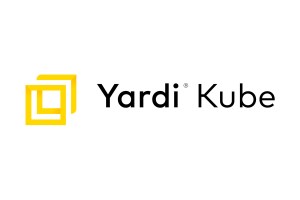How Older Technology May be Selling Your Members Short

Technology is evolving at such a speed that certain tech advances get left behind, explains Paul Orrock, Yardi Medusa Wi-Fi specialist, who detailed why older technology is detrimental to your business and member base.
The first two things as a coworking operator to recognise are: what are your members being driven to by tech change? And what is your core infrastructure’s ability to cope with this change?
Changes with low office occupancy
While the rapidity of tech changes may not be driven by the COVID-19 pandemic, it’s important to understand the reality that work from offices will be changed long-term. People have left the office physically, but they’re still accessing your workplace infrastructure digitally to communicate with colleagues, customers, suppliers and anyone else they would work with on an everyday basis.
“If you don’t have the core infrastructure to handle that inbound traffic, or if your infrastructure was focused on outbound or internal traffic, your customer experience will be diminished,” Orrock explained.
“Not only do members feel disenfranchised to be paying ongoing fees to remain in your space while they can’t actually be there, they’ll be further frustrated that they can’t communicate with the infrastructure you have in place,” he added.
Orrock has been in communication with coworking spaces throughout the UK, monitoring their traffic and usage. His takeaways are that many of them are lacking the necessary infrastructure to handle a newfound large volume of inbound traffic. This may be due to connections between the inbound router and the outgoing switch, or it could be due to circuit speeds. “Even with less people in the office, you still need a resilient circuit in case the primary one goes down,” he added.
There is no better example of advancements in tech solutions than Zoom. While it was a big player in the communications market, it’s technical advantages and ability to capitalise on current state of business has helped its popularity to skyrocket in the last 4-6 months. They have since added enhancements and tools in the software to fill the needs of thousands of new users.
Pitfalls of aging tech
Your switch operates 24/7 without a break, yet most manufacturers only offer them with a one-year warranty. Yardi, on the other hand, provides a managed service to take ownership of that switch for three years. Orrock has found, on a rare case, coworking spaces using switches up to 10-15 years old. These switches could be providing service 10 times slower than what is currently on the market. “You’ve invested all this money on this 1GB circuit and a 1GB Wireless Access Point, but your old 100MB switch is not going to allow you to see the speed you’re paying for and what your customers demand,” he said.
Another issue with outdated tech is end of life products (EOL). Manufacturers will not develop that product anymore and the standards pushed to new products are far greater. In the case of a small operator, it could be a handful of switches. But for a very large space that isn’t updating equipment, it could have 42-60 switches. This would become then a huge expense which may not be in a companies budget.
This also has enormous security implications. Because that product is no longer being supported, it ceases to be able to take the latest security updates. Those spaces with 10-15 year old switches may have been in place without an appropriate security patch for quite some time. “Of course, there are a lot of components attached to that switch that would provide security, but that is the weak link,” Orrock explained. “It is the most vulnerable point, the age of that switch and the security patching it has.”
Getting ahead of member demands
“Being able to identify at any moment in time what your tech is able to deliver, as new tech evolves, is the important part of the customer experience,” Orrock says.
From a managed services perspective, Yardi provides the solution for a three-year term and every three years as you enter a new agreement, Yardi reviews the tech it’s providing. Typically, hardware refreshes take place every 4-5 years. Yardi analyses: A) Is this equipment currently able to meet and deliver expectations? B) What is coming up from a technology requirement perspective? C) What do we have to do bring this customer up to par?
With environmental protection being quite prevalent now, new technology is also going to be more energy efficient, drawing less power. For example, since Energy Star ratings have been in place on server based equipment since the early 1990’s, those ratings continue to be improved and adhered to by manufacturers ensuring best practices with regards to energy usage.
Tech will evolve and continue to become more advanced than previous models. It remains up to the operators to keep their tech up to date for the benefit of current members, for cost savings, and to be ahead of consumer demand.





